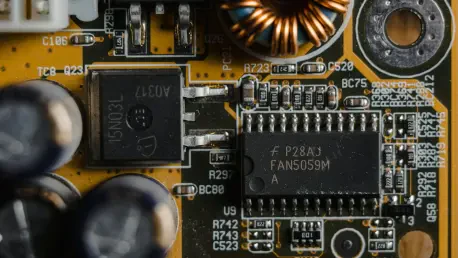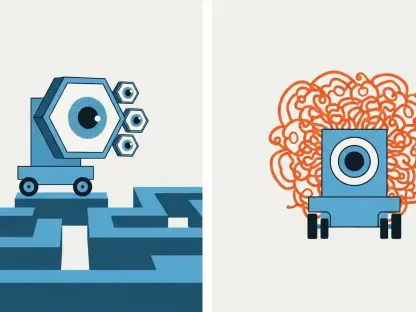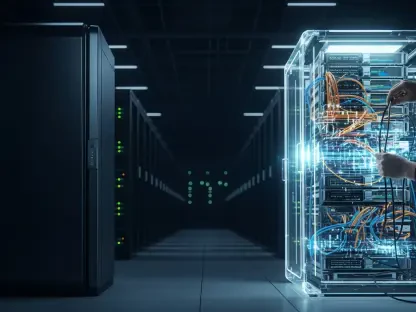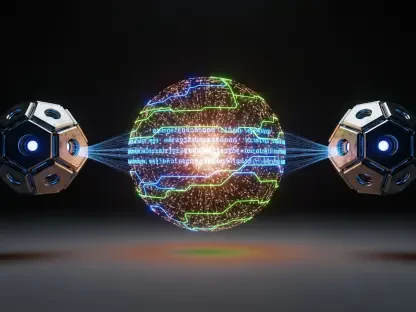In a nail-biting finish during a recent NBA game, a buzzer-beater by LeBron James against the Indiana Pacers hung in the balance, with the call too tight for the naked eye to judge, but technology stepped in within moments. Cameras and sensors confirmed the referees’ decision with razor-sharp precision, leaving no room for doubt, and this electrifying moment isn’t just a highlight; it’s a glimpse into a transformative shift in basketball where automation is redefining how calls are made, promising a game that’s faster, fairer, and more transparent than ever before.
The Stakes of Split-Second Decisions
The importance of accurate officiating in the NBA cannot be overstated. With billions of viewers worldwide and games often decided by a single play, a missed call can ignite controversy, sway outcomes, and even shape legacies. Automation isn’t merely a shiny new tool; it’s a critical response to the growing demand for precision in a sport where every second counts. As social media amplifies scrutiny and players push for fairness, the league’s adoption of tech-driven solutions marks a pivotal step toward meeting these modern expectations while preserving the integrity of the game.
The Tech Behind the Calls
The backbone of this revolution lies in an intricate system of artificial intelligence, high-speed cameras, and sensors that track every movement on the court. From the basketball’s trajectory to a player’s fingertips brushing the boundary line, nothing escapes this digital eye. Designed to handle objective calls like out-of-bounds rulings and goaltending, the technology delivers decisions with near-perfect accuracy, often in real time, reducing the need for lengthy reviews that stall momentum.
Beyond precision, this system enhances transparency in a way previously unimaginable. During experimental preseason games, computer-generated visuals have been displayed to explain calls, giving fans and players a clear window into the decision-making process. Such innovations not only cut down on disputes but also rebuild trust in officiating, addressing long-standing frustrations over unclear or contested rulings.
Speeding Up the Game for Everyone
One of the most tangible benefits of automation is its impact on game flow. Long stoppages for reviews have often drawn groans from fans and disrupted players’ rhythm, but automated systems are slashing these delays. Instant feedback on clear-cut calls means less downtime, keeping the energy of the game alive and spectators engaged.
For referees, the technology acts as a silent partner. Tools like earpieces, tested in recent preseason matchups, provide real-time updates, allowing officials to focus on complex, subjective plays while the system handles the rest. This balance ensures that the human element remains central, even as tech streamlines the process for all involved.
Voices from the Court Weigh In
Support for automation echoes across the league, from executives to coaches and beyond. Evan Wasch, NBA executive vice president of basketball strategy and analytics, has praised the reliability of these systems, stating, “Computers are really good at this,” when it comes to objective decisions. His confidence reflects a broader belief that tech can elevate officiating without overstepping into human judgment territory.
Milwaukee coach Doc Rivers has also voiced enthusiasm, emphasizing the need for both accuracy and efficiency with his call to “get it right, and get it right quicker.” Even the referee union has endorsed the shift, appreciating how these tools free up officials to concentrate on nuanced plays. This widespread backing, coupled with validated moments like the LeBron James buzzer-beater, signals a unified trust in technology’s potential to refine the sport.
What Lies Ahead for Fans and Players
As automation integrates further into NBA games, stakeholders at every level stand to benefit. Fans can look forward to shorter interruptions, with decisions resolved swiftly through digital precision, enhancing the viewing experience both in arenas and at home. Visual breakdowns of calls on arena screens are also on the horizon, offering clarity that could turn frustration into understanding.
Players, meanwhile, gain from fairer outcomes and a process they can trust. Knowing that objective calls are backed by data reduces the sting of controversial moments, fostering a sense of equity. With innovations like smartwatch alerts and ball sensors being tested from 2025 onward, the league is poised to refine these systems, ensuring that basketball evolves alongside technology without losing its core spirit.
Reflecting on a Game Transformed
Looking back, the journey of integrating automation into NBA officiating proved to be a bold leap that paid off in spades. The seamless blend of cutting-edge tech with human expertise redefined fairness, shrank delays, and opened new channels of transparency for fans and players alike. Each advancement, from real-time sensors to instant visual explanations, built a stronger foundation for trust in the sport.
As the league moved forward, the focus shifted to expanding these tools—fine-tuning innovations and exploring their limits over the coming years. The challenge became not just maintaining this balance, but pushing it further, ensuring that basketball remained a showcase of both athletic brilliance and technological progress. Stakeholders were encouraged to stay engaged, watching how each season could bring smarter, sharper ways to honor the game’s integrity.









